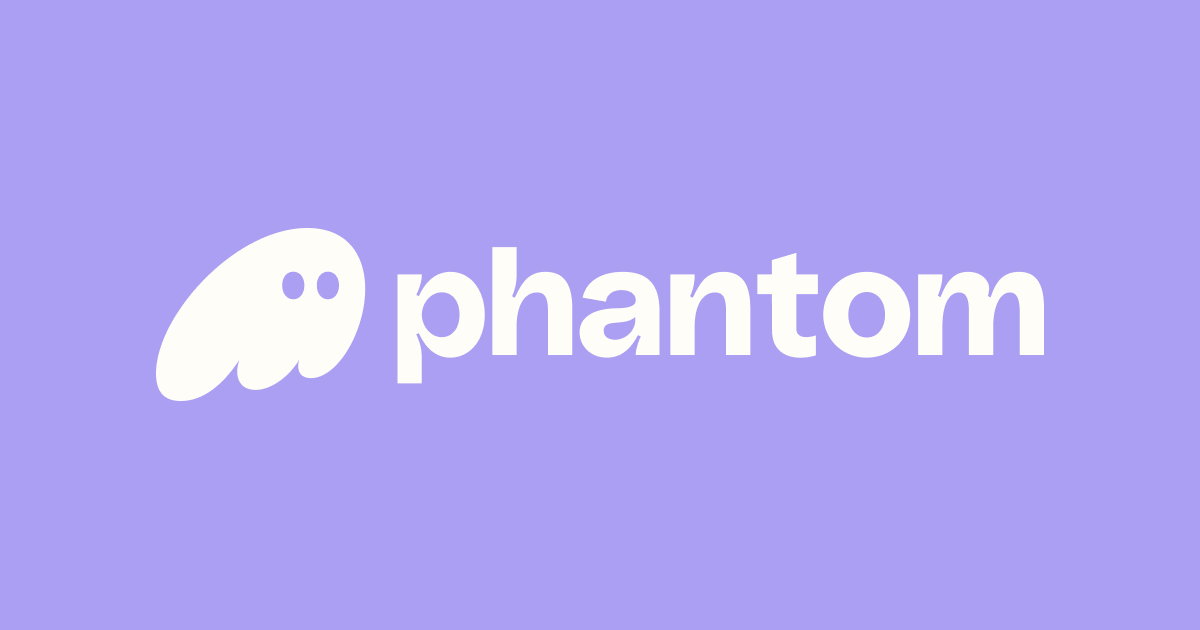So I was thinking about how signing transactions on the Solana blockchain kinda feels like this secret handshake you gotta master before entering the DeFi or NFT party. Seriously, the way Solana handles it is slick but also a bit mystifying at first glance. Wow! There’s this whole dance going on behind the scenes, and if you’re anything like me—juggling a couple of wallets—you might’ve felt that tiny pit of confusion when you hit “sign” and wonder what exactly is happening.
Alright, let’s unpack it. Signing a transaction basically means you’re proving ownership of your tokens or NFTs. But Solana flips some of the usual blockchain scripts with its speed and unique cryptography. It’s fast, sure, but that speed comes with a tech twist that might throw off newcomers. My gut said it was just another wallet approval, but nope—there’s more to it, especially when you bring Solana Pay into the mix. Hmm…
Initially, I thought transaction signing was just about clicking “approve” and bam, done. But then I realized the system’s designed to keep your private keys off the network, making your signature a kind of digital autograph that’s secure yet lightning quick.
Here’s the thing: it’s not just about security; it’s about convenience. Solana’s architecture lets you sign transactions rapidly without clogging the network, which is why things like Solana Pay can take off. But it’s also why choosing the right wallet matters a ton for user experience. Something felt off about some wallet interfaces—they either overcomplicate the signing or slow you down.
Check this out—

That image sums up the flow pretty well. You have your wallet, like the phantom wallet, acting as your gatekeeper. When you initiate a transaction, Phantom prompts you to sign it locally, which means your private key never leaves your device. This local signing is what makes Solana both fast and secure.
Why Phantom Wallet Feels Like the Natural Choice
Okay, so check this out—I’ve tried a couple of wallets in Solana’s ecosystem, but Phantom wallet just feels… right. I’m biased, but it nails that sweet spot between ease-of-use and powerful features. When you’re diving into DeFi or buying NFTs, you want your wallet to be more like an ally, not another hurdle.
Phantom handles transaction signing with a smooth UI that doesn’t bombard you with jargon. You get a clear prompt, a quick signature, and off you go. Plus, it integrates seamlessly with Solana Pay, meaning if you’re paying at a local spot or online merchant that accepts Solana tokens, the signing process happens in a breeze.
On one hand, some wallets try to be too fancy with their signing flows, adding extra confirmation steps that feel redundant. Though actually, some of those extra layers might appeal to security buffs who want to triple-check every move. But for the average user, Phantom strikes a good balance. It’s like it understands that in crypto, friction is your enemy.
Yeah, transaction signing is a security gate, but it shouldn’t feel like a fortress. Phantom wallet’s approach is intuitive—little pop-ups, clear info, and you never feel like the tech is working against you. That’s why I keep coming back to it, especially when time is of the essence and the DeFi market waits for no one.
Solana Pay and the Future of Wallet-Based Payments
Here’s a quick tangent—Solana Pay is where things get downright exciting. Imagine walking into your favorite coffee shop, scanning a QR code, and your wallet signs the transaction instantly without the usual fuss. That’s the promise Solana Pay is bringing, powered by wallets like Phantom. Seriously, it’s shaping up to be the Venmo of crypto payments but without the middlemen.
But here’s what bugs me about some payment solutions: they often sacrifice security for speed or vice versa. Solana Pay, leveraging Solana’s fast consensus and Phantom’s smooth signing, tries to have both. My instinct says this combo could be a game-changer for everyday crypto use.
Yet, I’m not 100% sure how widespread adoption will be. Not every merchant is ready to jump on the blockchain bandwagon, and some users are still wary about handing over control—even if it’s just signing a transaction. But the tech is there, and with wallets like Phantom, the user experience barrier is melting away.
Oh, and by the way, the integration of Solana Pay with Phantom means your transaction signing is not just secure but also transparent. You see exactly what you’re approving before you tap that sign button. No surprises. That transparency builds trust, which is huge in crypto.
Final Thoughts—Why Transaction Signing Matters More Than You Think
Okay, so here’s a takeaway: transaction signing on Solana isn’t just a technical step; it’s the linchpin of your entire blockchain experience. If you mess up this part—whether by using a clunky wallet or ignoring security—you’re vulnerable.
Phantom wallet, in this ecosystem, is more than just a tool; it’s your frontline partner making sure signing isn’t a headache. It’s fast, secure, and user-friendly—qualities that aren’t always easy to find together.
At the end of the day, I’m excited to see where Solana Pay and wallets like Phantom take us. Maybe soon, signing a transaction will feel as natural as swiping your card at Starbucks—except way cooler, and with actual ownership of your digital assets. For now, if you’re dipping toes into Solana’s DeFi or NFT waters, giving Phantom a shot is a pretty safe bet.
But hey, I’m still figuring some things out myself, so if you’ve got stories or frustrations with transaction signing or wallets, hit me up. Crypto’s a wild ride, and it’s a lot better when we’re all learning together.
